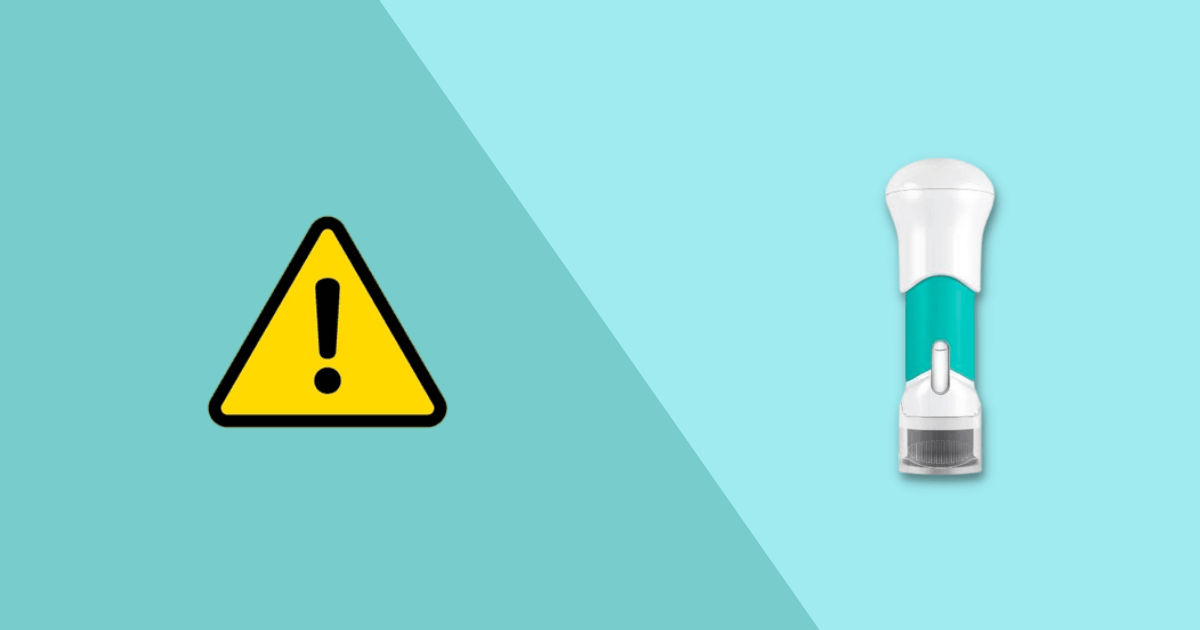Tremfya side effects and how to avoid them
Table of contents
Tremfya is a brand-name medication manufactured by Janssen Biotech, Inc. It is classed as a biologic monoclonal antibody used to treat moderate to severe plaque psoriasis and active psoriatic arthritis. While Tremfya is generally well tolerated, there are some potential side effects that people should be aware of. The most common side effects of Tremfya include injection site reactions and infections. Less common, but more serious side effects, can include serious allergic reactions.
Learn more about the side effects of Tremfya and what you can do to avoid them.
What is Tremfya (guselkumab)?
Tremfya (guselkumab) injection is a prescription medication given to adults to treat:
- Psoriatic arthritis
- Moderate to severe plaque psoriasis – Tremfya may be an option if you can receive systemic therapy or phototherapy
Plaque psoriasis and psoriatic arthritis are inflammatory autoimmune diseases triggered by the same underlying immune system disorder. They’re caused by your immune system mistakenly attacking healthy parts of your body, causing inflammation. While inflammation is usually beneficial, as it helps your body heal and protect itself from infection, inflammation in healthy tissue can cause damage.
The active ingredient in Tremfya is called guselkumab. It’s an interleukin-23 blocker that has been designed to block a substance in your body called a cytokine. Cytokines are a type of protein released by your immune system that attaches to the outside of cells, triggering them to begin the inflammatory process. Tremfya reduces how much inflammation your immune system can cause. This can help to ease your symptoms and to make flare-ups of symptoms less likely. Tremfya is sometimes used alone, and sometimes it’s used alongside other treatments, as directed by your doctor.
Tremfya dosage
Tremfya is available as an injection, as 100 mg/mL in a single-dose prefilled syringe, or as a single-dose One-Press injector.
Use Tremfya by injecting it under your skin (subcutaneous injection). Your doctor or another healthcare professional will show you how to do this. You usually take Tremfya once, wait four weeks, take it a second time, then once every eight weeks after that. Tremfya may be used alone or with methotrexate. If you miss a dose, use the medicine as soon as you remember, but skip the missed dose if it is almost time for your next dose.
Store Tremfya in the refrigerator. Protect from light and do not freeze. Allow Tremfya to reach room temperature for 30 minutes before injecting your dose. Do not shake the prefilled syringe, and only prepare your dose when you are ready to give an injection.
You are advised to read the medication guide and instructions for use provided with this medicine for the full drug information and to always speak with your healthcare provider for medical advice about any changes to your dose so they can monitor and evaluate your condition.
Tremfya side effects
The most common possible side effects of Tremfya include:
- Stuffy nose, sneezing, sore throat, cough, feeling short of breath
- Injection site reactions
- Headaches
- Diarrhea, stomach pain
- Gastroenteritis
- Joint pain (arthralgia)
- An increased risk of upper respiratory infections, like colds and sinus infections
- An increased risk of bronchitis
- An increased risk of fungal infections
- An increased risk of herpes simplex infections
Tremfya can also cause more serious side effects. These are rarer but they can include:
- Serious allergic reactions to the medication that can cause skin rashes, hives, dizziness, chest tightness, and swelling in your face, tongue, and throat that can cause trouble breathing and shortness of breath
- An increased risk of developing a serious infection, like tuberculosis and pneumonia, as Tremfya can reduce your immune system’s ability to fight infections. Signs of infection include fever, muscle aches, night sweats, weight loss, tiredness, shortness of breath, pain or burning when you urinate, skin redness, tingling, blisters, or sores
If you experience any of these serious side effects, stop taking Tremfya and seek medical attention immediately. You are encouraged to report negative side effects of prescription drugs to the FDA. Visit www.fda.gov/medwatch, or call 1-800-FDA-1088.
Tremfya drug interactions
Tremfya can interact with other medications including:
- Any other medications you’re taking for plaque psoriasis or psoriatic arthritis, including topical medications (products you apply directly to your skin)
- Any medications you’re taking to treat a bacterial, viral, or fungal infection – any antibiotics, antivirals, or antifungal agents
Before taking Tremfya, be sure to tell your doctor about all of the medications you are taking to ensure they are safe to take at the same time.
Tremfya warnings & precautions
Tremfya isn’t suitable for everyone. Don’t take Tremfya if you:
- Are allergic to the active ingredient guselkumab
- Are allergic to any of the other ingredients in Tremfya
- Are under 18 years of age
Talk to your doctor before taking Tremfya if you:
- Are taking any of the medications that could interact with Tremfya
- Have tuberculosis or have recently been in contact with someone with tuberculosis
- Are currently being treated for an infection or have an untreated infection
- Have an infection that keeps going away and then coming back
- Have recently had a live vaccine or are due to have a vaccine
- Are pregnant or are planning to become pregnant
- Are breastfeeding or are planning to breastfeed – It is unknown if this medication passes into breast milk
You should always check with your doctor or pharmacist before taking any medication, including Tremfya, to make sure it is safe for you.
How to avoid Tremfya side effects
The best way to avoid side effects is to take Tremfya as directed by your doctor. Follow your doctor’s instructions carefully and do not take more or less than prescribed.
If you experience any side effects, talk to your doctor or pharmacist. They may be able to recommend ways to help reduce or prevent some of the side effects.
1. Stick to the recommended dosage
Take your prescribed dose of Tremfya that has been recommended by your healthcare professional. Do not take more or less than prescribed.
2. Monitor your blood sugar levels
If you have diabetes, it is important to monitor your blood sugar levels closely while taking Tremfya. Check your blood sugar levels as directed by your doctor and report any changes to your doctor immediately.
3. Drink plenty of fluids
Make sure you drink plenty of water or fluids every day to help prevent dehydration, especially if you have the side effect of gastroenteritis.
4. Avoid alcohol
Tremfya does not interact with alcohol, but alcohol may increase inflammation in your body and make your plaque psoriasis or psoriatic arthritis worse.
5. Don’t skip meals
Eating regular meals and snacks will help to prevent low blood sugar levels (hypoglycemia).
6. Check your feet
If you have diabetes, check your feet for any cuts, sores, or redness regularly. Tell your doctor if you experience any problems with your feet while taking Tremfya.
7. Know the signs and symptoms of Tremfya side effects
Signs and symptoms of side effects of Tremfya include respiratory infections. If you experience any of these symptoms talk to your caregiver for medical advice.
8. Monitor your weight
Weight loss may be a sign of an infection, such as tuberculosis, or other conditions that require treatment.
9. Tell your doctor about all medications you’re taking
Be sure to tell your doctor about all other medications you’re taking, including over-the-counter drugs, vitamins, and herbal supplements, as they can interact with Tremfya.
10. Get regular medical check ups
It is important to get regular medical check ups and monitor your medical conditions. Your caregiver will monitor your side effects and may adjust your dose of Tremfya as needed.
Medically reviewed
A medical professional has reviewed this article.


Jamie Winn, PharmD
Jamie Winn, PharmD
Dr. Jamie Winn received his Doctor of Pharmacy in 2002 from the University of South Carolina College of Pharmacy, Columbia, SC. Jamie is a medical reviewer for NiceRx.

